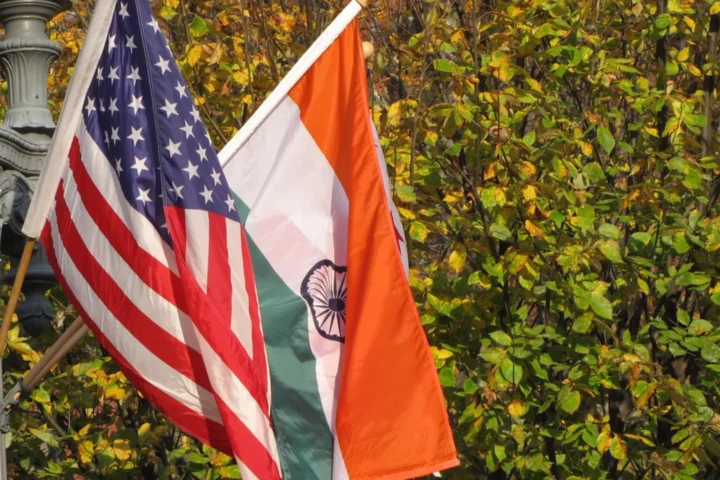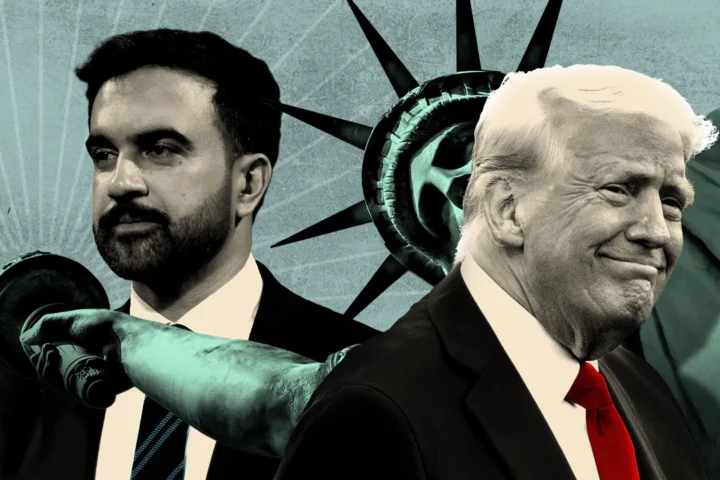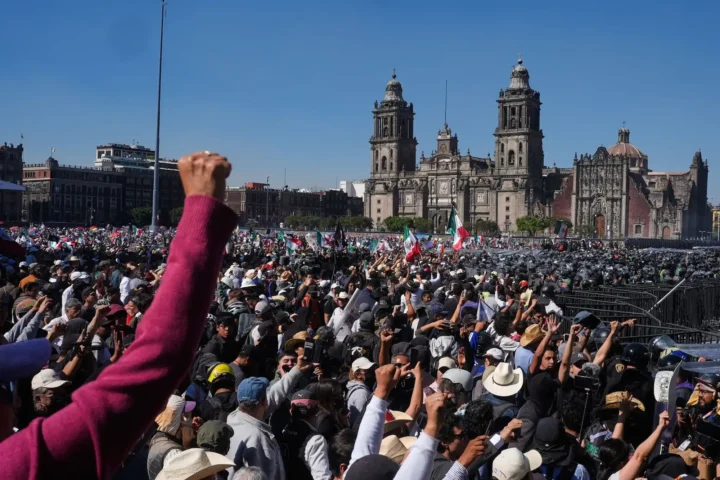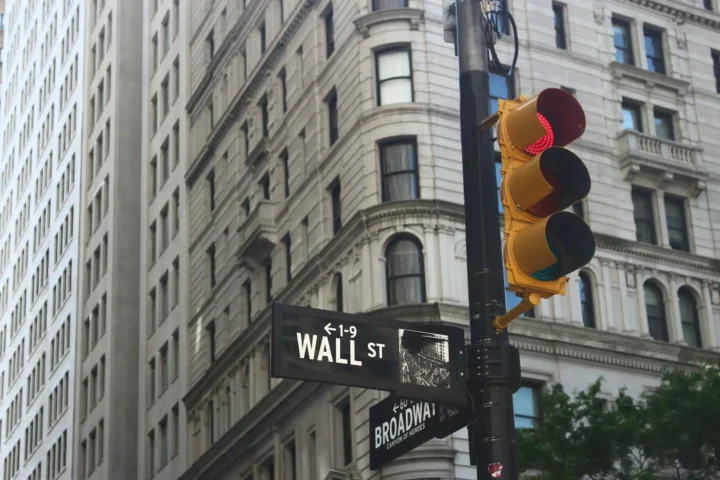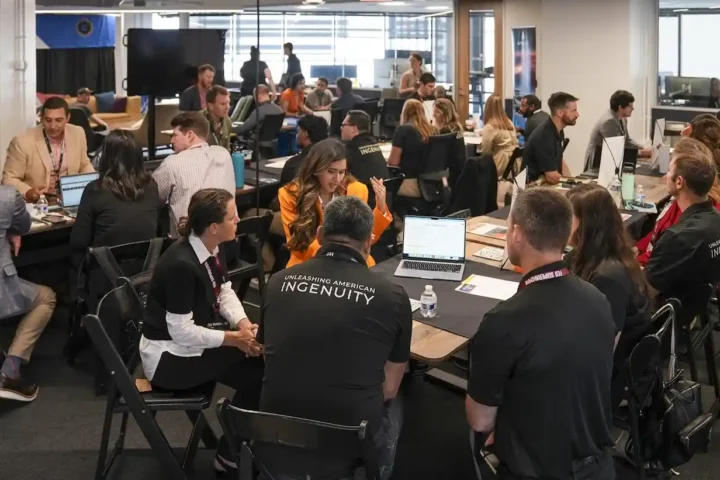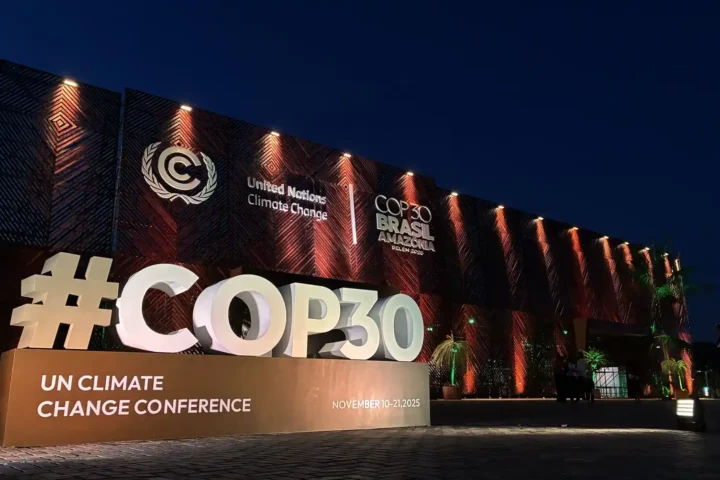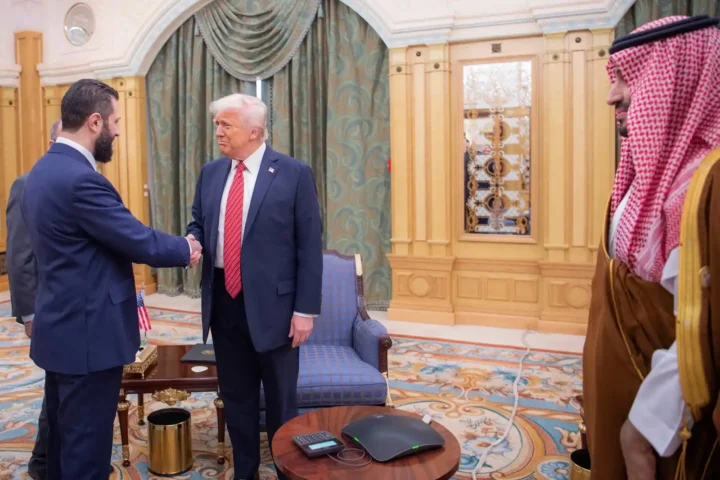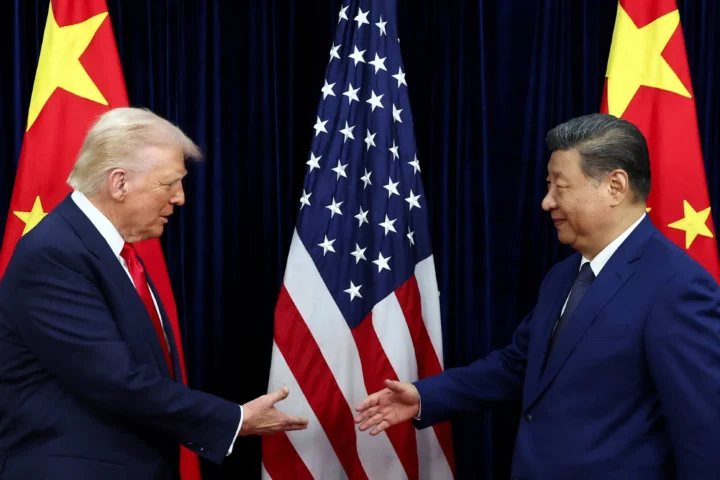Donald Trump stormed back into the White House on promises of economic vigor and America-first bravado. Yet now, with his aggressive tariffs shaking global markets, even Trump’s ardent supporters must pause to wonder: Has the president overplayed his hand?
The idea behind Trump’s tariffs—returning American manufacturing and safeguarding U.S. industry—might sound patriotic in speeches, but economics is a more nuanced game. Recent polls indicate a rising tide of skepticism among Americans, signaling that Trump’s flagship economic policy may be more anchor than sail.
Just weeks ago, markets trembled as Trump’s tariffs became a reality, threatening to ignite a global trade war. Americans watched in real-time as stocks plunged and trillions evaporated overnight. JPMorgan Chase’s warning of a looming global recession sent chills down the spines of business owners and consumers alike. Yet Trump has remained defiant, tweeting his unwavering commitment to tariffs.
Polling reveals a startling disconnect between the president’s confidence and public perception. A recent Wall Street Journal survey indicates that a majority—54 percent—disapprove of Trump’s tariff strategy, with three-fourths bracing for price hikes on everyday goods. Even among Trump’s loyal base, enthusiasm is waning. While white, non-college educated men remain somewhat optimistic, their support is thin, barely outweighing fears.
Perhaps Americans remember too clearly the economic turbulence of past tariff spats, or maybe they’re just weary from the constant political brinkmanship. Trump’s gamble assumes tariffs will coax manufacturers back home, invigorating the Rust Belt and restoring middle-class prosperity. But history cautions us that economic nationalism is a risky bet—often hurting consumers before it helps industries.
Democrats are watching carefully, sensing an opportunity to highlight economic mismanagement ahead of crucial midterm elections. Trump’s weekend golf trips—timed awkwardly as markets reel—only fuel perceptions of an aloof presidency disconnected from ordinary financial struggles.
Trump’s tariffs may yet reshape America’s economic landscape, but at what cost? As prices rise, allies retaliate, and economic anxiety mounts, voters may soon ask themselves whether the “America First” slogan has translated into meaningful prosperity—or merely economic isolation.
Mr. President, it’s not too late to reconsider. Doubling down might satisfy political pride, but Americans need thoughtful leadership, not tariff tantrums. The nation’s economic future shouldn’t hinge on bravado, but careful, strategic action.


